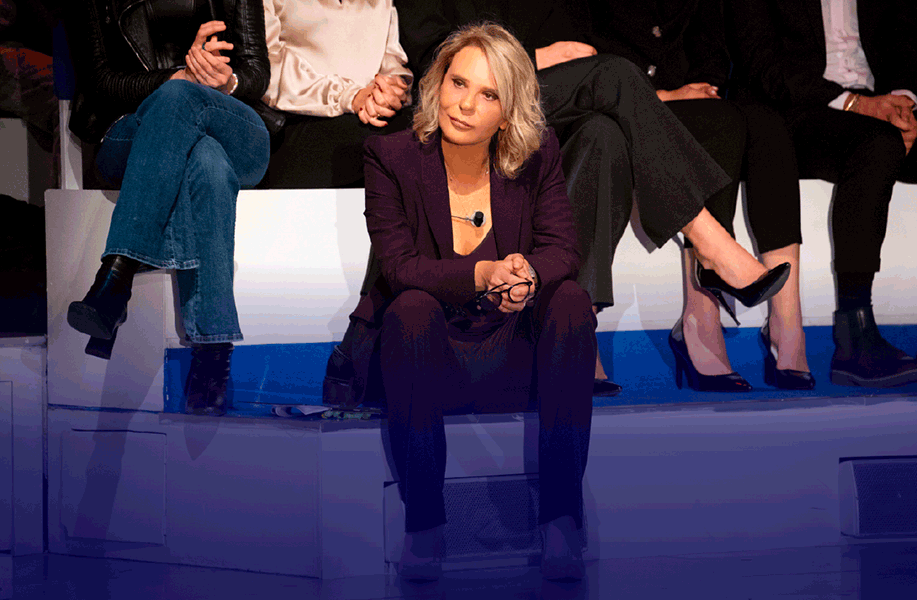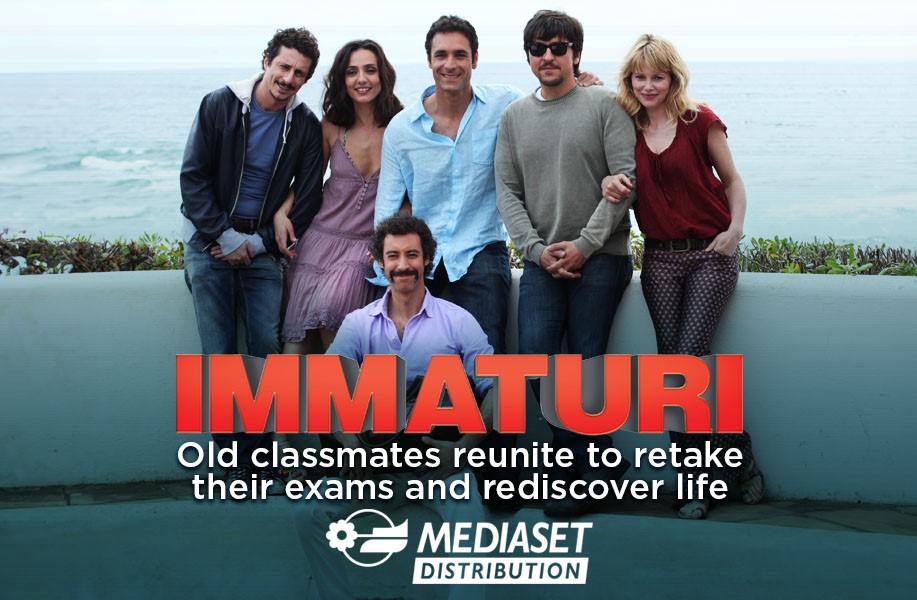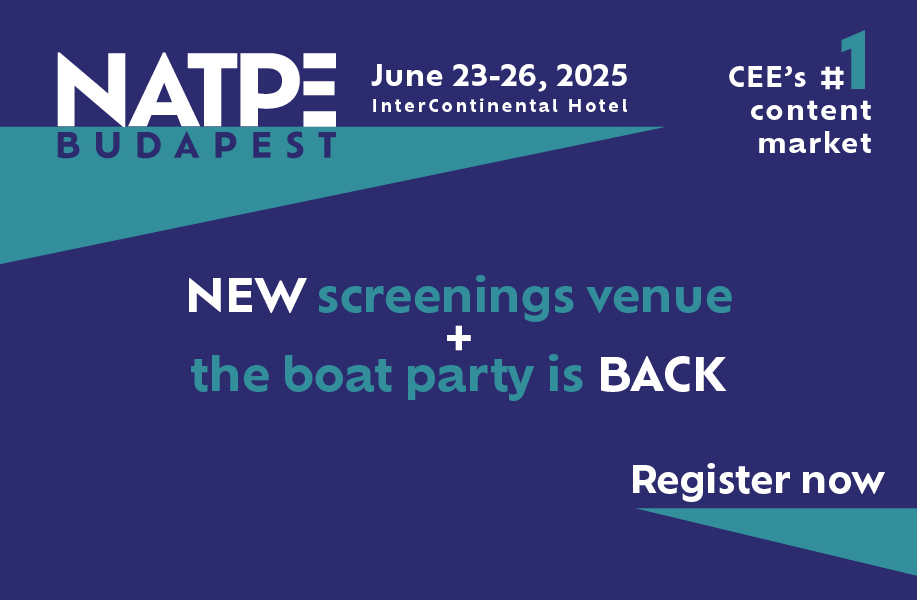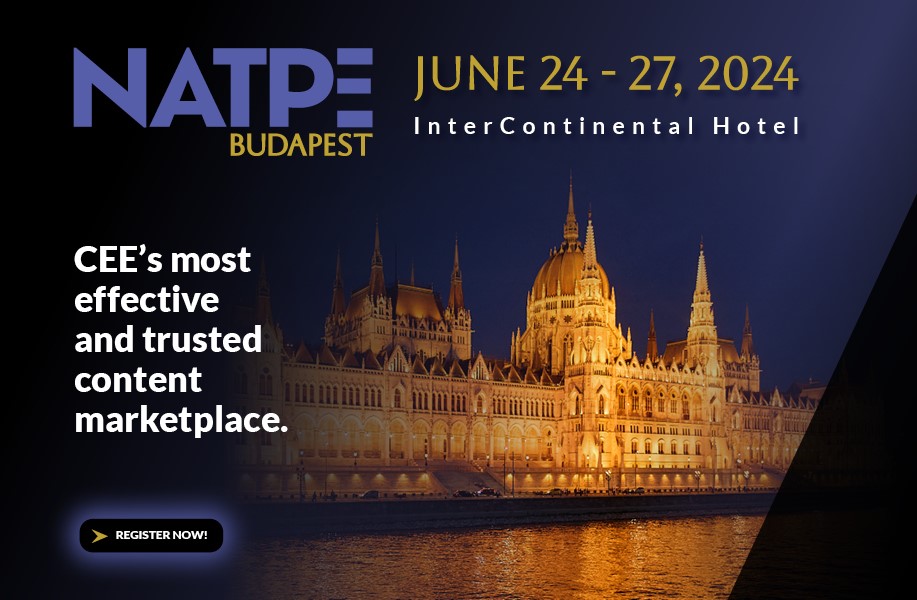According to Bisson, the global content industry has entered a new phase following the end of the so-called Peak TV era. While scripted series orders have dropped by an average of 25% compared to their peak, animation has proven far more stable, showing only an 8% decline across the same period (or 16% including feature-length projects).
Despite a “perfect storm” caused by streamer cutbacks, market exits by major players, and shifting viewer habits, animation has demonstrated its staying power thanks to its international adaptability and cross-generational appeal.
Bisson’s data revealed a striking regional contrast: Asia-Pacific, driven primarily by Japan, is the only region to experience growth in animation demand since the peak period, with a +26% increase in orders. Western Europe and North America, by contrast, saw declines of -25% and -39%, respectively.
Within Europe, performance varied widely: France managed a modest +20% uptick, while the UK and Spain dropped significantly (-48% and -58%). Italy’s numbers also reflected contraction, though public broadcasters and legacy networks continue to sustain the ecosystem.
Over the past 18 months, the major global streaming platforms — Netflix, Disney+, Amazon, Apple, Paramount+, and HBO Max — have sharply reduced their investment in original animation. Netflix, in particular, has shifted from producing to licensing animated titles, focusing heavily on anime acquisitions. In fact, anime now makes up over 60% of Netflix’s animation catalog.
This strategic pivot has created new opportunities for traditional broadcasters and independent producers, who now account for the majority of original animation commissions in Western Europe.
In H1 2025, public broadcasters (pubcasters) such as France Télévisions, BBC, DR, NRK, Yle, and SVT emerged as the leading commissioners — effectively becoming the “lifeline” of original animation in the region.
A notable trend highlighted by Ampere’s data is the growing reliance on existing IP. Roughly one-third of all new European animation orders in 2025 were based on pre-existing material — particularly children’s books, comics, and toys.
This appetite for adaptation reflects a more risk-averse market, where familiar universes and recognizable brands help mitigate uncertainty. In Asia, the trend is even more pronounced: two-thirds of new animation projects are based on existing IP, with manga adaptations accounting for over half of them.
Bisson also pointed to what he called the “Anime-cation of Europe,” as European commissioners increasingly favor fantasy-driven narratives, heroic quests, and transformative protagonists — all hallmarks of Japanese anime storytelling.
Franchise-building remains central to this global trend. Since 2020, major IPs such as DC, Marvel, Star Wars, LEGO, and Paw Patrol have continued to expand their animated universes, proving the commercial power of world-building across platforms.
The session concluded with a forward-looking analysis of AI’s transformative role in animation. Artificial intelligence now enables production cost reductions of up to 10x and dramatically shortens turnaround times, lowering entry barriers for both studios and independent creators.
However, Bisson warned that this technological revolution is a double-edged sword: while it will boost efficiency and democratize production, it also poses challenges for animators’ employment, raises complex copyright issues, and risks flooding the market with creator-generated content — especially on platforms like YouTube.
Within Europe, performance varied widely: France managed a modest +20% uptick, while the UK and Spain dropped significantly (-48% and -58%). Italy’s numbers also reflected contraction, though public broadcasters and legacy networks continue to sustain the ecosystem.
Over the past 18 months, the major global streaming platforms — Netflix, Disney+, Amazon, Apple, Paramount+, and HBO Max — have sharply reduced their investment in original animation. Netflix, in particular, has shifted from producing to licensing animated titles, focusing heavily on anime acquisitions. In fact, anime now makes up over 60% of Netflix’s animation catalog.
This strategic pivot has created new opportunities for traditional broadcasters and independent producers, who now account for the majority of original animation commissions in Western Europe.
In H1 2025, public broadcasters (pubcasters) such as France Télévisions, BBC, DR, NRK, Yle, and SVT emerged as the leading commissioners — effectively becoming the “lifeline” of original animation in the region.
A notable trend highlighted by Ampere’s data is the growing reliance on existing IP. Roughly one-third of all new European animation orders in 2025 were based on pre-existing material — particularly children’s books, comics, and toys.
This appetite for adaptation reflects a more risk-averse market, where familiar universes and recognizable brands help mitigate uncertainty. In Asia, the trend is even more pronounced: two-thirds of new animation projects are based on existing IP, with manga adaptations accounting for over half of them.
Bisson also pointed to what he called the “Anime-cation of Europe,” as European commissioners increasingly favor fantasy-driven narratives, heroic quests, and transformative protagonists — all hallmarks of Japanese anime storytelling.
Franchise-building remains central to this global trend. Since 2020, major IPs such as DC, Marvel, Star Wars, LEGO, and Paw Patrol have continued to expand their animated universes, proving the commercial power of world-building across platforms.
The session concluded with a forward-looking analysis of AI’s transformative role in animation. Artificial intelligence now enables production cost reductions of up to 10x and dramatically shortens turnaround times, lowering entry barriers for both studios and independent creators.
However, Bisson warned that this technological revolution is a double-edged sword: while it will boost efficiency and democratize production, it also poses challenges for animators’ employment, raises complex copyright issues, and risks flooding the market with creator-generated content — especially on platforms like YouTube.


_13651.png)








